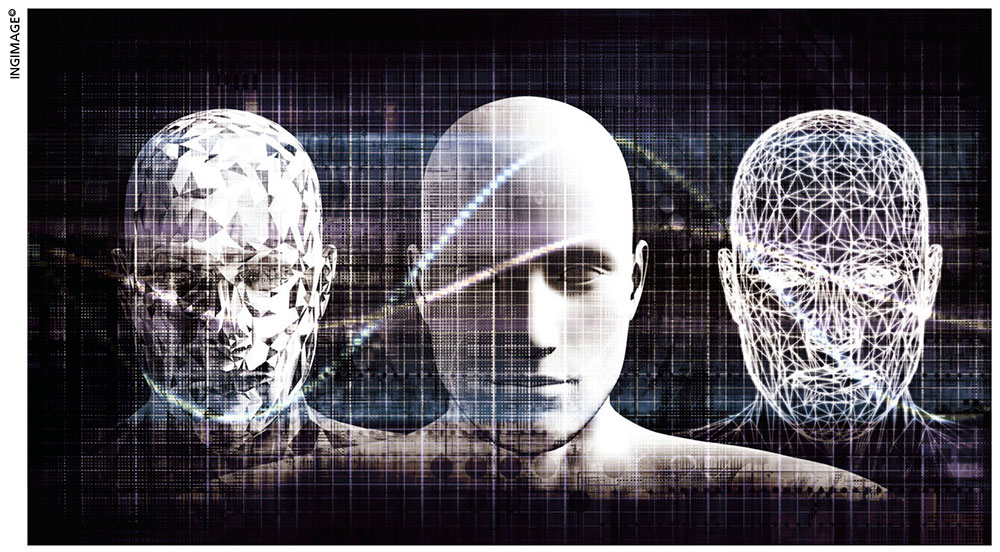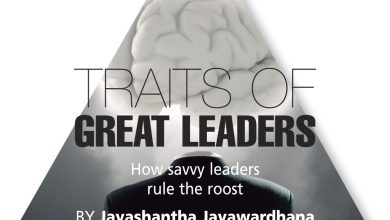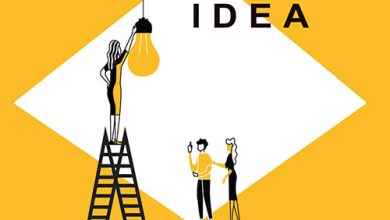THE AI ECONOMY
DIGITAL ERA’S SUPERPOWER
Sanjeewaka Kulathunga skirts the domain of artificial intelligence today

Once a sideshow of computer science, AI has become the main act of the global economy today. What began as a clever experiment in pattern recognition has matured into the core infrastructure of production, power and politics.
And it has shifted from research labs to boardrooms, data centres and government agendas, to quietly redefine decision making. Three forces explain why this disruption differs from past industrial revolutions.
First, artificial intelligence has transformed the economics of cognitive labour. Generative and analytical models can write, summarise and interpret complex information in seconds. Where teams of analysts once spent days producing reports, a single person armed with an algorithm can now do the same work before lunch.
Second, AI’s supply chain is consolidating around a few critical chokepoints. Control over advanced chips, hyperscale computing infrastructure and model training pipelines grant a handful of enterprises near monopolistic power.
These nodes of computation and data produce potent network effects where the more users they attract, the smarter their systems become. And as with previous technological platforms, the spoils are going not to the many but a few.
Third, governments have moved from passive curiosity to active intervention. Regulators in the US, Europe and Asia are racing to write the rules of algorithmic engagement. What began as loose guidelines for safety and ethics have hardened into legislation covering transparency, accountability and data sovereignty.
PARADIGM SHIFT Together, these forces have transformed AI from a scientific breakthrough into an instrument of economic and geopolitical reordering.
This transformation is clearer in industries that are being rebuilt from within. In biotechnology, AI models such as AlphaFold 3 have revolutionised molecular biology by predicting protein structures and designing drug candidates in weeks rather than years.
Painstaking research of the past is now proceeding at digital speed and attracting investment to AI driven discovery platforms that fuse biology with computation.
Finance is following suit. Banks and insurers use artificial intelligence to detect fraud, underwrite policies and manage risk, often with greater accuracy than humans.
Retailers deploy algorithms to generate personalised recommendations and market content at minimal cost.
And logistics firms are using predictive maintenance, route optimisation and autonomous delivery systems to cut inefficiency from global supply chains.
In each case, the pattern is the same: task level automation, restructured workflows and the rise of competitors that marry domain knowledge with algorithmic scale.
However, the impact on labour is more complex. Routine cognitive work such as scheduling, data entry and reporting is rapidly vanishing. Yet, creative, ethical and strategic roles are being augmented rather than replaced.
The result is a polarised labour market where demand is surging for people who can train, govern and integrate AI systems while mid-skill administrative roles are declining.
WORKSLOP ISSUES Nations that invest in digital reskilling, portable credentials and fair transition policies will spread the benefits more widely. Those that fail to do so risk turning a technological revolution into a social fissure.
AI’s rise offers extraordinary potential but brings subtler – often overlooked – hazards.
Scholars warn of ‘workslop’ where streams of machine generated text and imagery add little real value. Such output can cloud decision making, lower standards, create the illusion of productivity and show that efficiency without judgement can be counterproductive.
The advantages for businesses lie not in indiscriminate automation but targeted, carefully governed application of artificial intelligence to tasks where measurable gains are clear. In this new landscape, leadership depends less on speed than the trust, judgement and ethical oversight that guide deployment, and makes discernment itself a rare and competitive asset.
DIGITAL VELOCITY AI has also become an instrument of statecraft.
The EU’s laws, the US’ semiconductor initiatives and Asia’s colossal data infrastructure investments are shaping where the value of this new intelligence economy is accruing.
Countries that blend scientific excellence with predictable regulation and adaptable workforce policies will dominate the next phase of global innovation. In this new order, chips, data and algorithms are the raw materials of power.
AI is an industrial revolution that’s unfolding at digital velocity by compressing timelines, concentrating influence and testing society’s ability to adapt. Those who treat it as a passing phase will find themselves outpaced and outflanked by others who see it as a new operating system for civilisation.
AI is an industrial revolution






